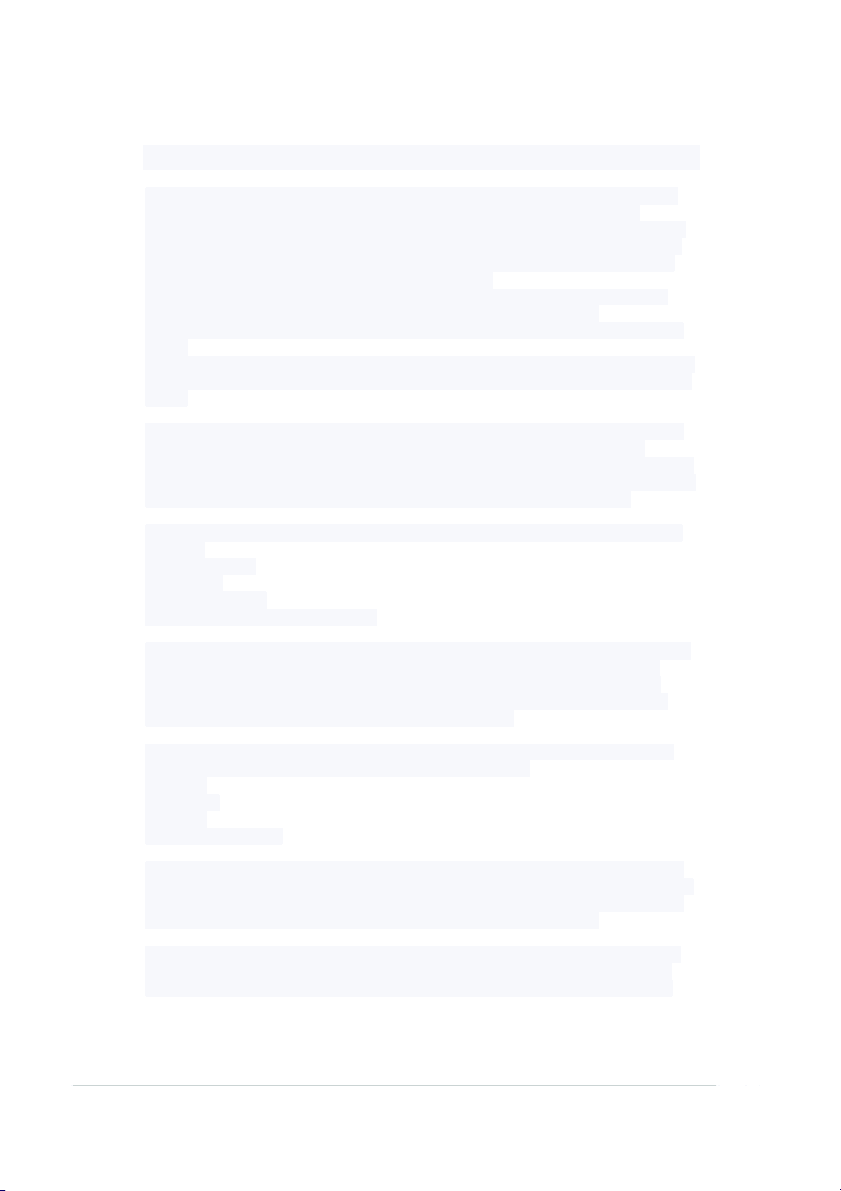
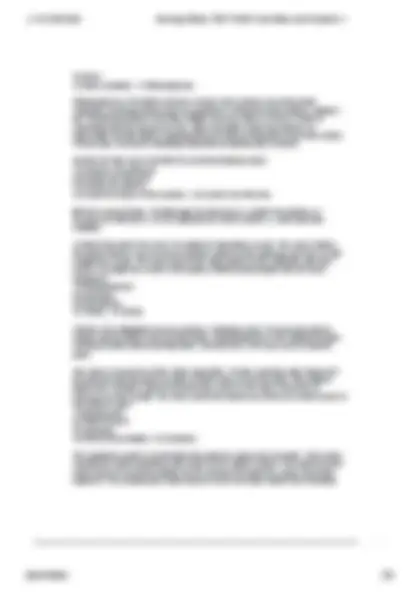

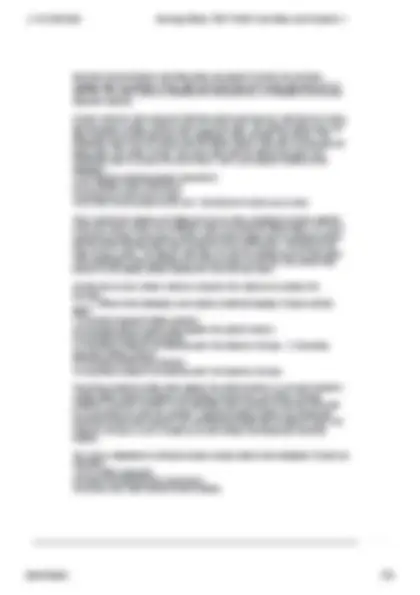
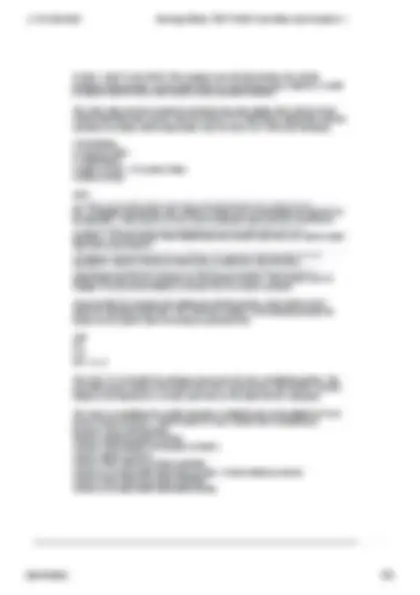
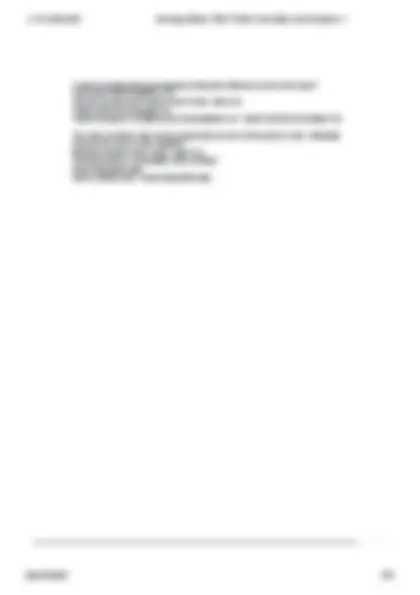


Study with the several resources on Docsity

Earn points by helping other students or get them with a premium plan


Prepare for your exams
Study with the several resources on Docsity

Earn points to download
Earn points by helping other students or get them with a premium plan
Community
Ask the community for help and clear up your study doubts
Discover the best universities in your country according to Docsity users
Free resources
Download our free guides on studying techniques, anxiety management strategies, and thesis advice from Docsity tutors
Nursing Ethics TEST BANK Questions and Answers University Of Nairobi Nursing Nursing (002)
Typology: Exams
1 / 9

This page cannot be seen from the preview
Don't miss anything!






A 77-year-old woman with an inoperable brain tumor has been hospitalized for the past 5 days. Her daughter comes to visit her. The patient has asked that her daughter not be told her diagnosis. After visiting with her mother, the daughter asks to speak to the nurse. She says, My mother claims she has pneumonia, but I know she is not telling me the truth. The daughter asks the nurse to tell her what is truly wrong with her mother. The nurse should tell her that:
patient intends suicide and would prefer he choose differently but says nothing. The nurse remains at the bedside holding the patients hand. In this instance the nurse is displaying which of the following?
the entire institution rather than on a single patient issue. There is no DNAR determination model. A 60-year-old patient with a treatable form of breast cancer has decided not to pursue radiation or chemotherapy. The nurse believes that the patient should be treated. She coerces her into receiving treatment by continuing to remind the patient about her responsibilities for raising her children. What type of behavior has the nurse displayed?
and basic moral principles and frameworks are applied to arrive at a decision. Looking back to evaluate is done after a decision has been made and acted on. At that time, the entire process, including the consequences, is evaluated to determine how well it worked. An alert, oriented, and competent frail older adult man has been told that he is dying, and has asked to have a DNAR order put on his chart. The patients family does not agree with his decision and asks the healthcare team to ignore the request. The healthcare team does not comply with the familys wishes, and after several days the family takes the matter to court. The court sides with the family and orders the healthcare team to remove the DNAR order. This is an example of which of the following?
Peanut butter Turkey Cheese Refried beans - Whole grain bread Peanut butter Refried beans The nurse is teaching a patient about the importance of reducing saturated fats in a cardiac diet. Which oils should the nurse recommend as options? Select all that apply. Palm oil Coconut oil Cottonseed oil Peanut oil Olive oil - Palm oil Cottonseed oil Olive oil Which is the correct formula for calculating body mass index? Weight in pounds ÷ (height in inches) Weight in pounds ÷ (height in meters) Weight in kg ÷ (height in meters) Weight in kg ÷ (height in inches)2 - Weight in kg ÷ (height in meters) What are the parts of a comprehensive nutritional assessment? Select all that apply. Body composition Physical assessment Laboratory findings Body surface area Dietary history - Body composition Physical assessment Dietary history Which objective measures can a nurse use to assess a person's dietary history. Select all that apply. A. Measure body composition B. Ask about diet C. 3-day food record diary D. Food questionnaire E. 24-hour memory recall - C. 3-day food record diary D. Food questionnaire E. 24-hour memory recall The nurse knows that a provider with type 1 diabetes became hypoglycemic while performing a bedside thoracentesis. The provider resisted assistance and finished the procedure despite being impaired. The nurse is upset by the provider's behavior. This is an example of nursing ethics. A.True
B.False - Both? A &B (Both): This example most directly involves the ethical behavior of the provider, so you might think it is not nursing ethics; however, it could be argued that the nurse has a duty to report impaired practice. The nurse was just hired to work in a hospice day care facility. She reflects on her ethical framework and decides that she believes in establishing relationships with an emphasis on caring. Which frameworks can the nurse use? Select all that apply. A.Deontology B.Feminist ethics C.Utilitarianism D.Ethics of care - B.Feminist ethics D.Ethics of care B&D: •An ethics of care philosophy incorporates understanding the story of the person's life. It naturally incorporates care, which is viewed as a responsibility, as opposed to an obligation. It also focuses on the client's autonomy and promotes beneficence. •A feminist ethics reasoning uses relationships and stories rather than universal principles. Feminists argue that relationships are positive and they use stories rather than universal principles. •The theory of deontology focuses on "Doing." It is based on following the rules and regulations. Good is defined as adherence to guidelines and directives. •The theory of utilitarianism focuses on "Thinking." It considers the best course of action which has the best outcome for the greatest number. This requires one to engage in a risk-benefit analysis to decide the best course of action. Using the MORAL acronym for making an ethical decision, under which "letter" would the following action fall? The physician explains to the laboring woman the impact on the unborn child of refusing a cesarean birth. A.M B.L C.R D.O - D. O The letter "O" in the MORAL acronym represents the step of outlining options. The physician would explain to the patient all of the consequences and options of either having or not having the C-section, and listen to the patient for her viewpoint. The nurse is explaining the Health Insurance Portability and Accountability Act to a group of new employees. What should the nurse include when explaining its purpose? Select all that apply. Protects health insurance benefits Provides transferability of insurance to others Protects family members Protects those with preexisting conditions Provides personal health information privacy - Protects family members Protects those with preexisting conditions Provides personal health information privacy